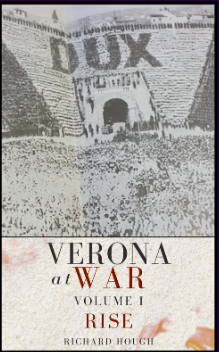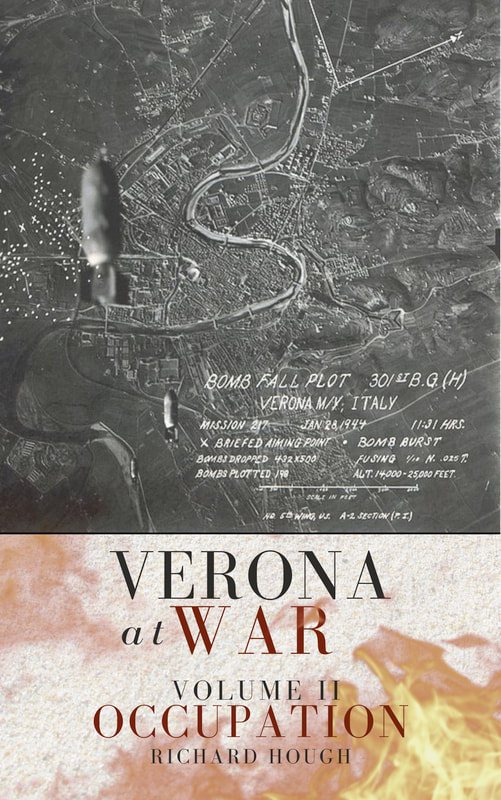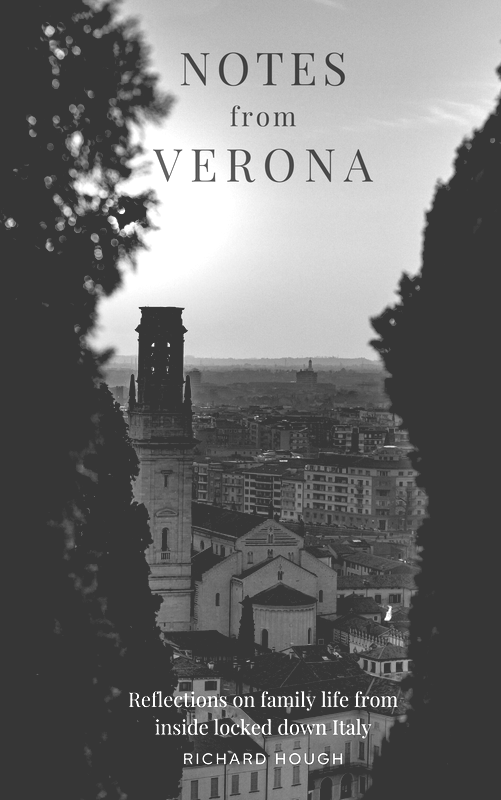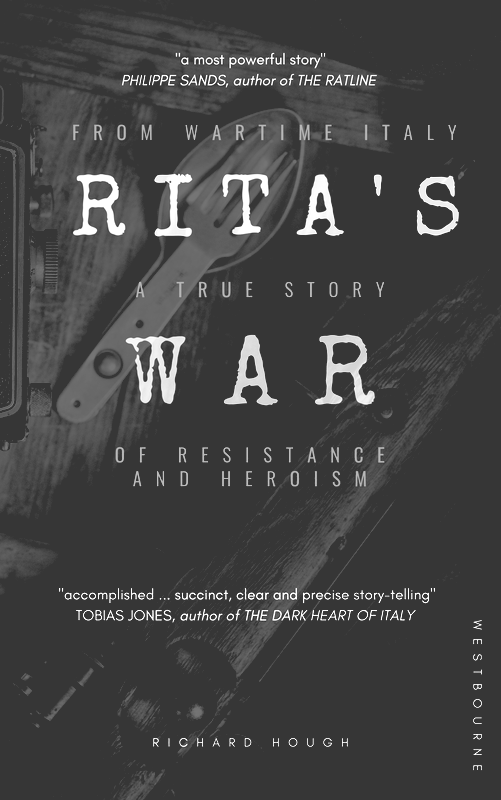|
Rafting down Verona's meandering River Adige As a sign of our increasing sense of freedom as the lockdown continues to ease, rafting down the Adige (pronounced “ a dj”), the meandering river that winds its way around Verona, was an ideal way to rediscover the reawakening city. From the dam at Chievo, the river meanders its way through the heart of the city, taking in San Zeno, Castelvecchio, the Duomo, San Giorgio in Braida, Ponte Pietra and Teatro Romano. In total it passes under 12 bridges, each with its own story to tell, for the river and its bridges are central protagonists in the history of this ancient city. After the Po, the Adige is the second longest river in Italy. It flows some 250 miles, from high in the Alps, near the border with Austria and Switzerland, to the Adriatic. These days, it carries no traffic. In fact, ours was the only craft on the water, but that has not always been the case. As early as the late Neolithic period (the fourth millennium BC), rudimentary huts were constructed on the hill of San Pietro, the area where the Roman theatre now stands. Nomadic tribes from southern France had settled here, just out of reach of the annual floods that swamped the lower lying land below. For millennium, through the bronze and iron ages, the descendants of those first settlers remained here, close to the river, but above the perilous floodplains. It took the arrival of the Romans to tame the river and to lay the foundations of the city that we now know as Verona. Recognising the important strategic position that the city occupied, the Romans sought to expand the existing fortifications at San Pietro and began the construction of a new settlement within the bend of the river. Vital Roman communication routes, including the via Postumia, which ran from the port of Genoa in the west to the ancient Roman city of Aquileia in the east, passed through Verona, crossing Ponte Pietra, the only bridge that crossed the Adige at that time. Throughout Verona’s history, the river assumed a crucial part in the city’s defensive infrastructure, supplemented by an ever-expanding system of walls and fortresses, adapted over the centuries to match developments in military strategy and technology. The river was also a crucial transportation and trading route, as goods like stone, marble and agricultural produce were transported downriver to the city and beyond towards Venice, while a sophisticated towpath system ran parallel to the river, allowing valuable goods like spices and fabrics to be transported upstream from the ports of Venice and the Adriatic. In fact, the road that runs alongside the river as it heads out of town towards Chievo is called “Lungadige Attiraglio”, a derivation of the Italian word for "towpath”, in recognition of its former use. We know from the writings of Pliny the Elder, the Roman author, naturalist and philosopher, that the course of the Adige has changed significantly since Roman times. In the sixth century (589 to be precise), according to the chronicles of the Benedictine monk and historian Paul the Deacon (Paulus Diaconus), devasting floods caused widespread death and destruction. On 9 November 1046, the river was blocked for over ten days following a landslide caused by a violent earthquake, while on the facade of the Church of Santo Stefano, graffiti recalls a flood of 1195, a fresco in San Zeno records another devastating flood of 1239. Subsequent floods occurred in 1512 and 1568, and then again in 1835 and 1868. More recently, significant floods have occurred in in 1951, 1966 and 1981. But the most significant of all was the great flood of 1882. By the beginning of September 1882, heavy rain had caused the water level of the Adige to rise to dangerous levels. The warm winds that blew over the mountains then melted the early snow that had fallen, causing the river to swell even further. The construction of the Brenner railway and changes to the course of the river in the Trentino area, as well as intensive agricultural work upstream increased the speed of the flood wave that was about to hit the city. Mill owners and residents of the houses on the shores of the river braced themselves for the impact. Exposed areas were reinforced and sluiceways were dug to channel away the surplus water. But then on September 14 disaster struck. The devastating impact of the water caused many mills to break away from the chains with which they had been secured and they were dragged downstream by the current. One of them crashed into the Ponte Nuovo, sweeping it away. By 17 September, over two thirds of Verona was submerged under water. At Ponte Pietra the water reached a height of four and a half metres and was flowing at 20 km/h. The city was shrouded in darkness, many people were stranded and several houses collapsed. In the area of Piazza Isolo, 11 inhabitants died when their homes collapsed. The army was deployed in response to the unfolding disaster. Three of the city’s bridges had been destroyed as well as 20 of the city’s 50 mills and 100s of houses. On 27 September King Umberto I came from Rome to view the disaster zone and offer comfort to the city. As the floodwater slowly withdrew, the city remained submerged under a mountain of mud and other debris. To this day, markings are visible at various points around the city that show how high the water rose during the devastating floods of 1882. In the aftermath, Verona underwent a revolution in forestry, water management and urban planning. These works culminated in the burial of the Canale dell'Acqua Morta and the construction of walls as a river embankment. Finally, a drainage tunnel was constructed to protect the city from future floods. Completed in 1959, the Galleria Adige-Garda which links the Adige with Lake Garda, would convey excess water from the river to the lake. When in November 1966 Trento experienced the largest flood in its history and large parts of the city and surrounding countryside were submerged under two meters of water, Verona, having learned the bitter lessons of 1882, activated tunnel system and avoided the worst of the damage. Due to the considerable difference in temperature and water quality, the transfer of water in this way is used only in exceptional circumstances. In fact, the tunnel system has been activated only 11 times, most recently on 30 October 2018. Although the water levels were quite high following a few days of heavy rain, our 9 kilometre trip along the river with Adige Rafting passed serenely enough. But in those few miles we discovered some of the most amazing history and some of the most beautiful views that Verona has to offer, there were even a few thrills along the way. |
AboutRichard Hough writes about history, football, wine, whisky, culture + travel and is currently working on a trilogy about wartime Verona.
|




